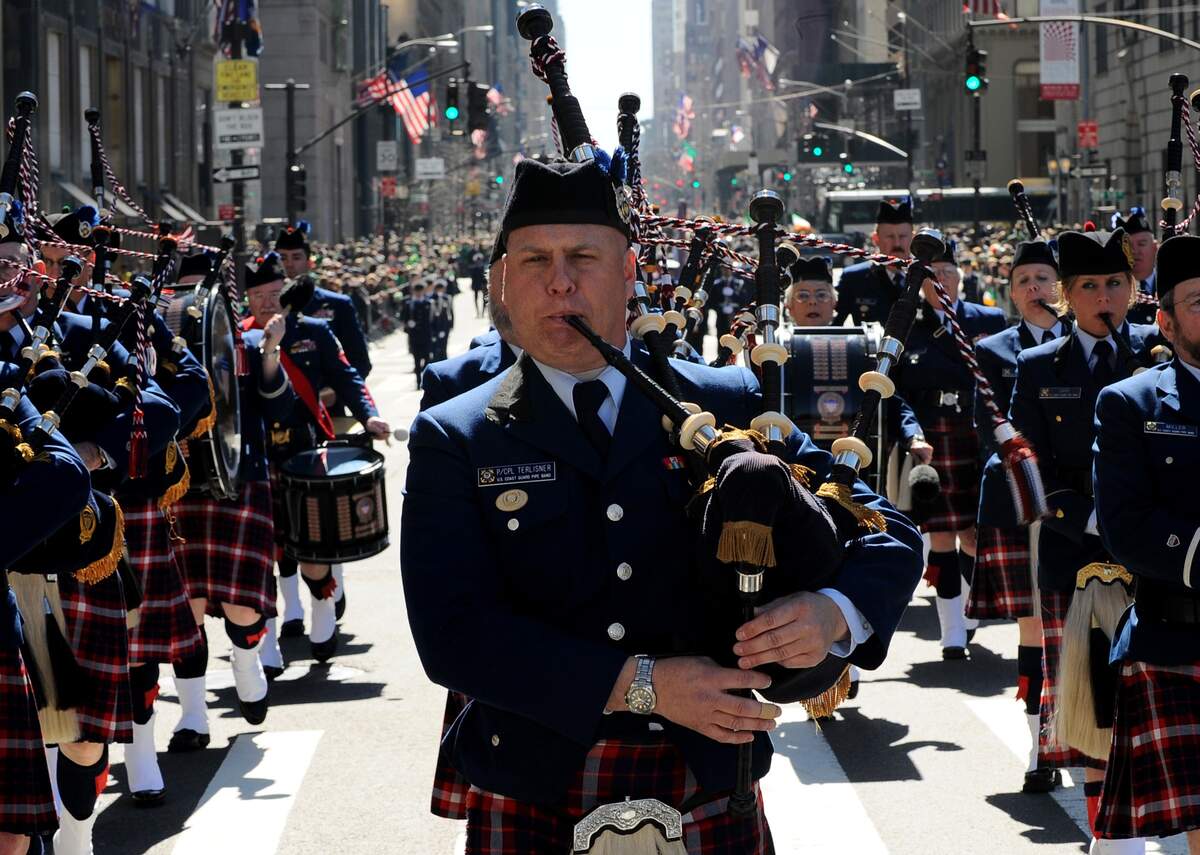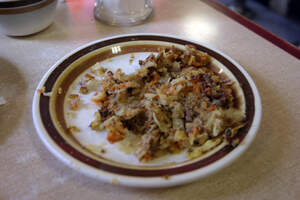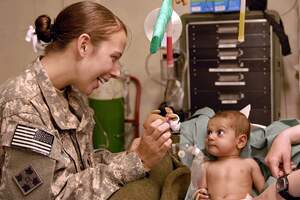

St. Patrick's Day
Observed
annually on March 17th
Dates
Tags
Federal & Official
History & Culture
Hashtags
Sources
https://en.wikipedia.org/wiki/Saint_Patrick's_Day
https://www.history.com/news/st-patricks-day-myths-debunked
https://www.history.com/topics/st-patricks-day/history-of-st-patricks-day
https://www.history.com/topics/st-patricks-day/st-patricks-day-facts
https://www.history.com/topics/st-patricks-day/who-was-saint-patrick
St. Patrick's Day takes place on the anniversary of the death of St. Patrick, the patron saint of Ireland, who is thought to have died in 461. Contrary to what many may think, St. Patrick was not Irish—he was born in Roman Britain, in what is now England, Scotland, or Wales. At the age of 16, he was kidnapped and taken to Ireland to be a slave. During his time in captivity, he turned to his Christian faith. He escaped six years later, began religious training, and later returned to Ireland as a missionary. Some credit him with bringing Christianity to the country, but it is believed a bishop known as Palladius had been doing mission work there since 431. It is likely Patrick ministered to those who were already Christians, while converting others.
Many legends surround St. Patrick. One says he explained the Holy Trinity of the Father, Son, and Holy Spirit by using the three leaves of the native Irish clover—the shamrock. Years later, during the seventeenth century, the shamrock became a symbol of Irish nationalism and pride against British rule. There is also a legend that says St. Patrick banished snakes from Ireland. It is a snake-free island, but it had been before Patrick arrived. Some see the snake story as being an allegory for his banishment of pagan ideology.
St. Patrick's Day first began being observed in Ireland in the ninth or tenth century and was mainly a religious observance. A morning church service would be attended and there would be an afternoon celebration. It took place during Lent, but meat was allowed to be eaten. Dancing, drinking, and feasting—particularly of Irish bacon and cabbage—was common. Still, most of the day had a religious focus until much later. The real shift to more raucous celebrations can be traced to Irish immigrants in America who wished to show their Irish pride. The day became more so associated with parades, food, and drinking. About 35 million people of Irish descent live in the United States, about 7 times the amount of those who live in Ireland. Today St. Patrick's Day is most celebrated in the United States, Canada, and Australia, but can be found being celebrated in many other countries, such as Japan and Russia. About a million people take part in Dublin's multi-day St. Patrick's Day festival, where there are parades, concerts, fireworks, and theater productions.
The first parade for St. Patrick's Day was held in New York City, on March 17, 1762, and was put on by Irish soldiers serving in the English military. Following this, "Irish Aid" societies began popping up, which held annual parades. Some of the New York societies came together in 1848 and created the official New York City St. Patrick's Day Parade. It is now the world's oldest civilian parade, and the largest parade in the United States, with over 150,000 participants. Three million people watch the parade each year, which lasts over five hours. Big parades are also held in Boston, Chicago, Savannah, and Philadelphia. In total, there are over 100 parades held on the holiday in the United States. The largest overall celebrations in the United States are in New York and Boston. Chicago has the tradition of dyeing the Chicago River green, which it started in 1962. City workers had been using green dye to detect illegal sewer discharges and thought it would be a fun to try it out on the river for the holiday. Originally 100 pounds of dye were used, but that has been cut back to 40 pounds.
Corned beef and cabbage is the standard St. Patrick's Day dish in the United States, while bacon is used instead of corned beef in Ireland. Corned beef began being substituted in the United States in the late nineteenth century after Irish immigrants got the idea from Jews in the Lower East Side of New York City. One reason the change was made was that corned beef was cheaper.
St. Patrick's Day is associated with green, but that wasn't always the case. The color blue was originally associated with St. Patrick. The change to green may have been because green was the color used by those who were pushing for Irish independence in the 18th century.
How to Observe St. Patrick's Day
There are multiple ways that St. Patrick's Day can be celebrated:
- Wear green.
- Attend a St. Patrick's Day Parade—New York City's is the biggest, but there are about 100 more held throughout the country.
- Attend a citywide party—Boston and New York City have the biggest parties, and Chicago dyes their river green.
- Have some corned beef and cabbage or try some other recipes associated with the day.
- Have an Irish beer.
- have a shamrock shake.





















